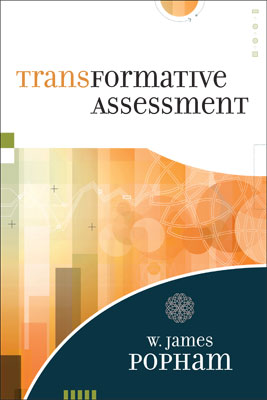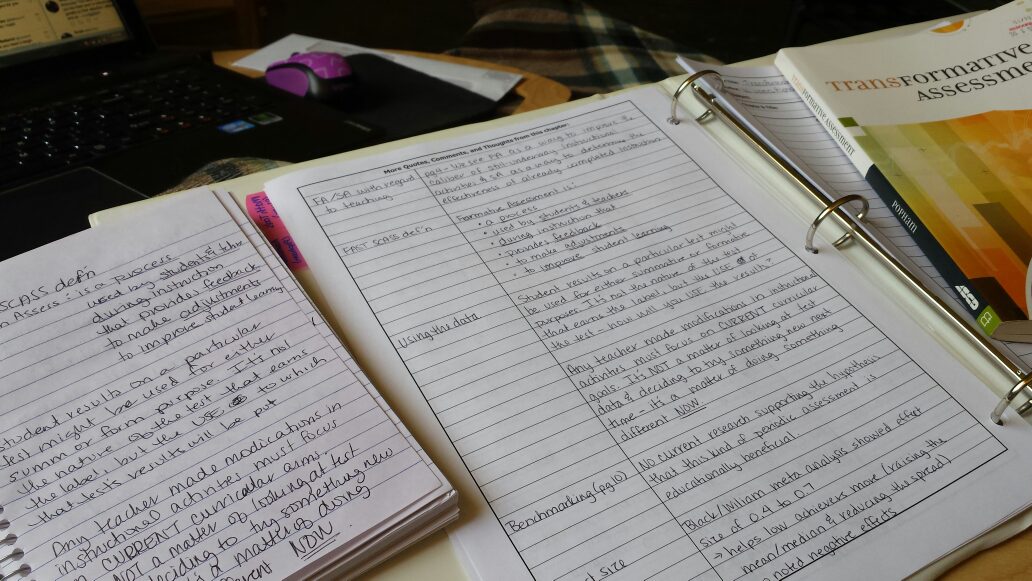The timing of these two discussions was interesting to me. Blogging is a struggle for me. I will have 20 ideas floating in my head, I'll even write them down, but when I click "New Post", all of those thoughts just disappear. Or worse, I'll type up a post and quickly delete it because it just sounds lame in my head.
At TMC17, one of the keynote speakers, Carl Oliver challenged the attendees to just #pushsend.
That's scary for me. Maybe it's scary for you too. And that's okay... but still, #pushsend
I didn't attend TMC17. In fact, I went to my mom's for a few days to try to get away from #TMCjealousycamp and FOMO. :) But even then, the #MTBoS was with me. I listened to the Mathed Out podcast on my travels and one of the episodes was Julie and "Why Blog". (If you've not listened to the Mathed Out podcast - go listen... it's a good one!)
It's after my bedtime, so maybe this post won't make sense, but all of these things - the podcast, the keynote, the Twitter discussion / debate - all of them have twisted into my head and I just had to write it down....
Because I do think that blogging has a fundamental role in the MTBoS and its future growth.
From a historical standpoint, blogging is ultimately how I figured out that I wasn't crazy. There were other teachers out there that were passionate about teaching and learning and math and how to best teach math. I wasn't crazy for spending all of my time thinking of activities and reading educational books and literally having teaching as a profession AND as a hobby. I read Dan and Kate and Jackie and others well before I started on Twitter. Then, through Twitter, I could have real time conversations to hash out the ideas they presented in their posts. That rocked my world.
But from a current place, the medium of Twitter is too fluid. I love Twitter, don't get me wrong (and I think 50K+ tweets would agree with me. But, Twitter is limited by 140 characters. Often a great idea will get tweeted and this amazingly rich conversation will follow. I will often favorite the tweets, might even email some of them to myself, but most often, I follow up to ask if the author has blogged about it in more detail. Why? Because Twitter is like drinking from a fire hose. In the space of hours (or even minutes), great ideas are gone, washed down the river by other ideas. You reach out, you try to grasp it, and sometimes you can. But not always. Blog posts however, are longer, more detailed, more permanent in the vast space we call the MTBoS. Blog posts serve as a record of where you are, where you've been, and where you're going. You can reflect on your professional growth, you can remind yourself of that great idea you had 5 years ago, it's your own personal yearbook of your journey.
So why do I blog? I blog for me mostly. Or at least I like to think I do. But I blog for you too. Because to be honest, we all like to know that we aren't just yelling into the black void. But it's mostly for me. Mostly to remind myself of where I've been, what ideas I've had, what worked well and what didn't. Maybe an idea helps you out too, maybe it sparks an idea, maybe it doesn't. But that's okay.
Maybe you're a blogger that posts every day like my hubby. Maybe you're a blogger that hardly ever posts like me. Maybe you're not a blogger at all, but want to try it. Maybe you just want to read blogs, maybe you don't. Maybe you tweet a lot, maybe you've never tweeted at all. Maybe you're trying to figure out where you fit into this crazy place we call the #MTBoS.
Whatever your story, please, just #pushsend






